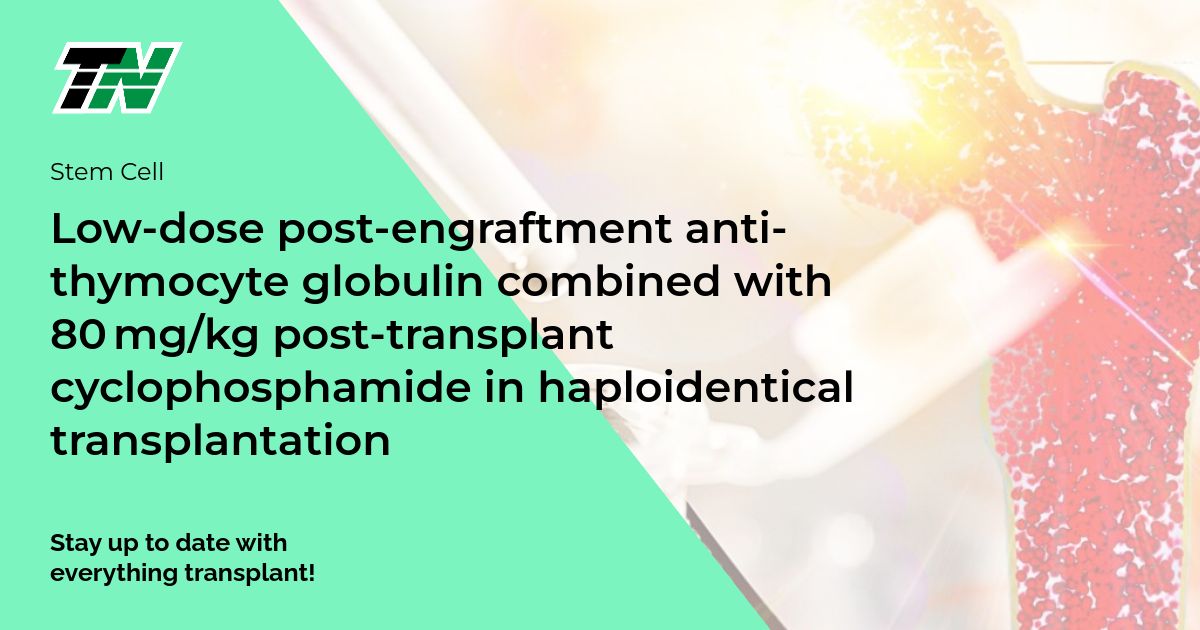A recent study published in the journal Haematologica compared the use of post-transplant cyclophosphamide (PTCy) versus anti-thymocyte globulin (ATG) as graft-versus-host disease (GVHD) prophylaxis in haploidentical transplants. The study, led by Ruggeri et al., found that PTCy was associated with a reduced risk of acute GVHD compared to ATG. Additionally, PTCy was found to be equally effective in preventing relapse and maintaining overall survival rates. These findings suggest that PTCy may be a preferable alternative to ATG in haploidentical transplant settings.
In another study published in the Journal of Clinical Oncology, Shaw et al. conducted a multicenter trial sponsored by the National Marrow Donor Program to evaluate the use of PTCy in HLA-mismatched unrelated donor bone marrow transplantation. The results showed favorable outcomes in terms of engraftment and GVHD rates, with no significant increase in relapse or non-relapse mortality. These findings support the use of PTCy in HLA-mismatched transplants as an effective GVHD prophylaxis strategy.
Furthermore, Sanz et al. conducted a comparative study of PTCy in matched sibling, unrelated, and haploidentical donor transplants for patients with acute myeloid leukemia (AML). The study, conducted by the ALWP EBMT, found that using PTCy in all three donor types resulted in similar rates of overall survival, relapse, and non-relapse mortality. These results highlight the potential of PTCy as a universal GVHD prophylaxis strategy regardless of donor type.
However, it is important to consider the potential adverse effects associated with PTCy. A study by Perez-Valencia et al. investigated the incidence, risk factors, and impact of early cardiac toxicity after allogeneic hematopoietic cell transplantation. The study found that early cardiac toxicity was relatively common and associated with worse overall survival. These findings emphasize the need for close monitoring and management of cardiac complications in patients receiving PTCy.
Overall, the use of PTCy as a GVHD prophylaxis strategy in various transplant settings has shown promising results. Its effectiveness in reducing GVHD rates and maintaining favorable outcomes in terms of survival and relapse warrants further investigation and consideration as a standard practice in allogeneic hematopoietic cell transplantation. However, the potential cardiac toxicity associated with PTCy highlights the importance of careful patient selection and monitoring to mitigate potential risks.


